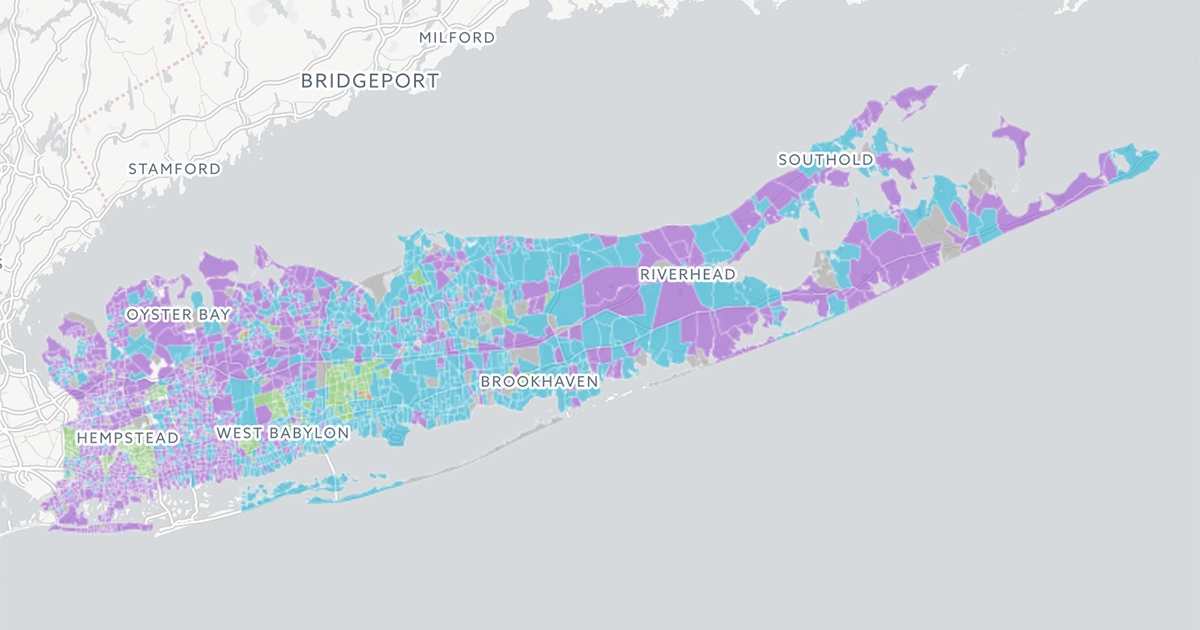Off-year local elections were held in multiple states around the country on Tuesday, Nov. 5. Democratic candidates narrowly pulled ahead in key swing state elections, winning a close gubernatorial race in Kentucky and gaining a majority in the Virginia State Senate. However, state and local governments nationwide remained overwhelmingly Republican. The races in New York state were not as consequential as races elsewhere, since the positions on the ballot were of lower stature.
On Long Island, Suffolk County Executive Steve Bellone of the Democratic Party won his election with a healthy 55% of the vote, compared to Republican John Kennedy Jr.’s 43% and Libertarian Gregory Fischer’s 1%. This is notable, since Suffolk favored Donald Trump in the 2016 election.
Democrat Madeline Singas retained her office as Nassau County District Attorney after running a strong campaign that centered on cracking down on gangs and narcotrafficking while also encouraging the creation of drug treatment programs. Singas was pitted against Republican challenger Francis MacQuade.
Queens County also elected a Democratic DA, Melinda Katz, who won 73% of the vote compared to Republican Joe Murray’s 25%.
The only mayoral election on Long Island took place in the city of Glen Cove, where Democrat Tim Tenke won 55% of the vote and Republican Reggie Spinello took 45%.
Nassau County is an accurate political indicator for the rest of New York state, and there were sizable Democratic gains in these small positions in its legislature. Looking toward the future, if Democrats can make gains in smaller cities in the metropolitan and upstate areas in 2020 when state legislature seats are up for vote, they can grow their majority to an even wider margin. New York is currently represented by 103 Democrats, 43 Republicans and one Independent.
Kayla McKetchnie, a freshman undecided communications major, thought the election results made sense, but stressed that there is a stigma surrounding New York’s usually monolithic vote.
“I think most people in Suffolk and Nassau end up leaning on the red side, while obviously New York has always been an overwhelming blue state from the city voters,” McKetchnie said.
“The difference is New York has a lot of cities and New Jersey does not, so people are well known. In substantial elections, New Jersey is a place that doesn’t really have any major focal points, and the candidates spend a lot less time and money campaigning, so the local politics are much more reflective usually of the [bigger] candidates’ views,” said Brian Malloy, a health science major, contrasting his native New Jersey and Long Island.
Voters in New York City’s five boroughs voted on five proposed ballot measures, all of which passed. One of the most pressing ballots deals with the Civilian Complaint Review Board’s (CCRB) ability to start its own inquiries, most notably into incidents involving police officers.
These ballot measures changed the CCRB’s composition and dictated that members can be appointed by borough councils rather than by the direct nomination of the mayor. This is crucial because it solidifies the CCRB’s sovereignty as an organization and allows more representation for the boroughs overall. The amendments also added a rainy-day fund and a public advocate and borough president budget minimum.
The amendments also enforced that the Uniform Land Use Review Procedure (ULURP) can now provide a 30-day warning to boroughs and submit land project summaries to the borough presidents.
The first ballot measure passed also gave New Yorkers ranked-choice voting, a system that lets voters default on certain candidates if they do not win; in other words, a person can vote for multiple candidates in preferred order and their vote can be shifted from one candidate to the next in the event of their most preferred candidate’s loss.
The final ballot measure cracked down on lobbying by limiting the reentry of officials to two years and added the Office of Minority and Women-Owned Business Enterprises director to the city’s charter.







